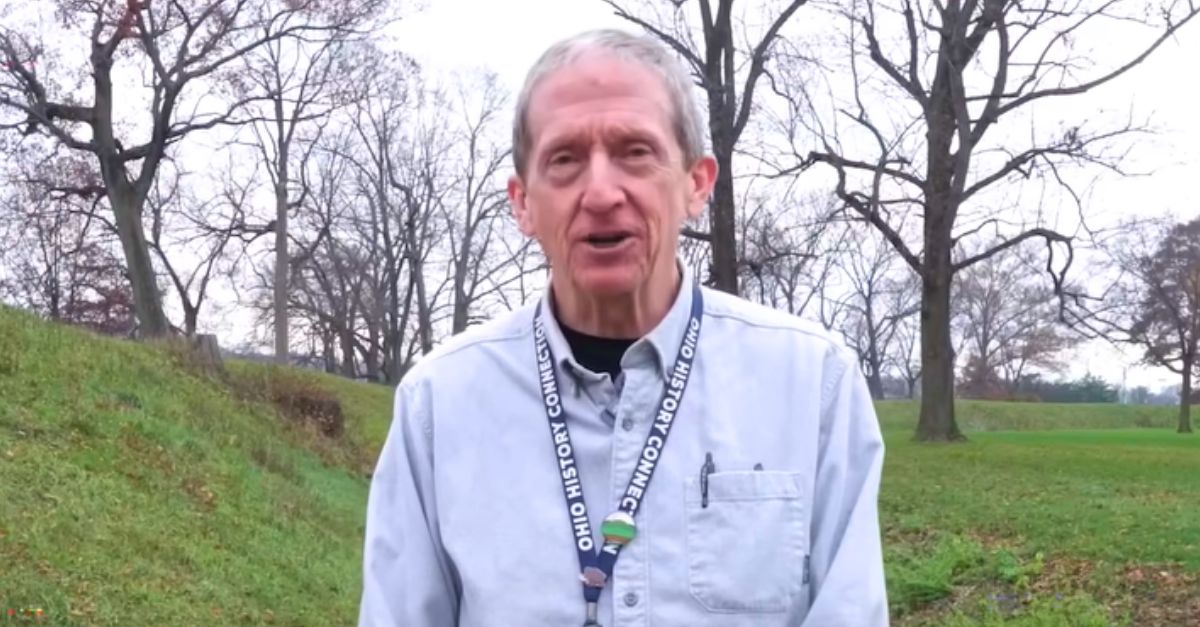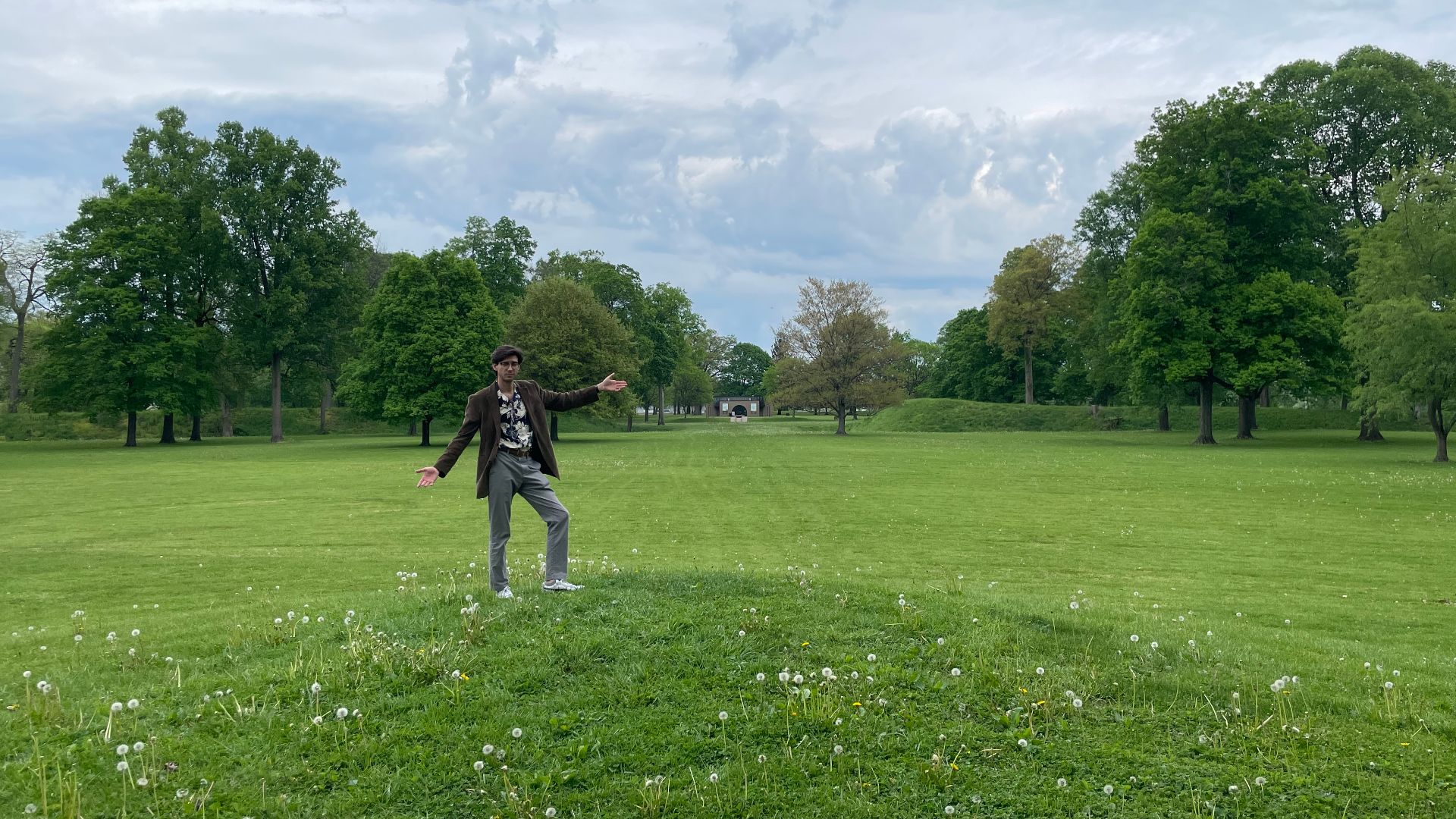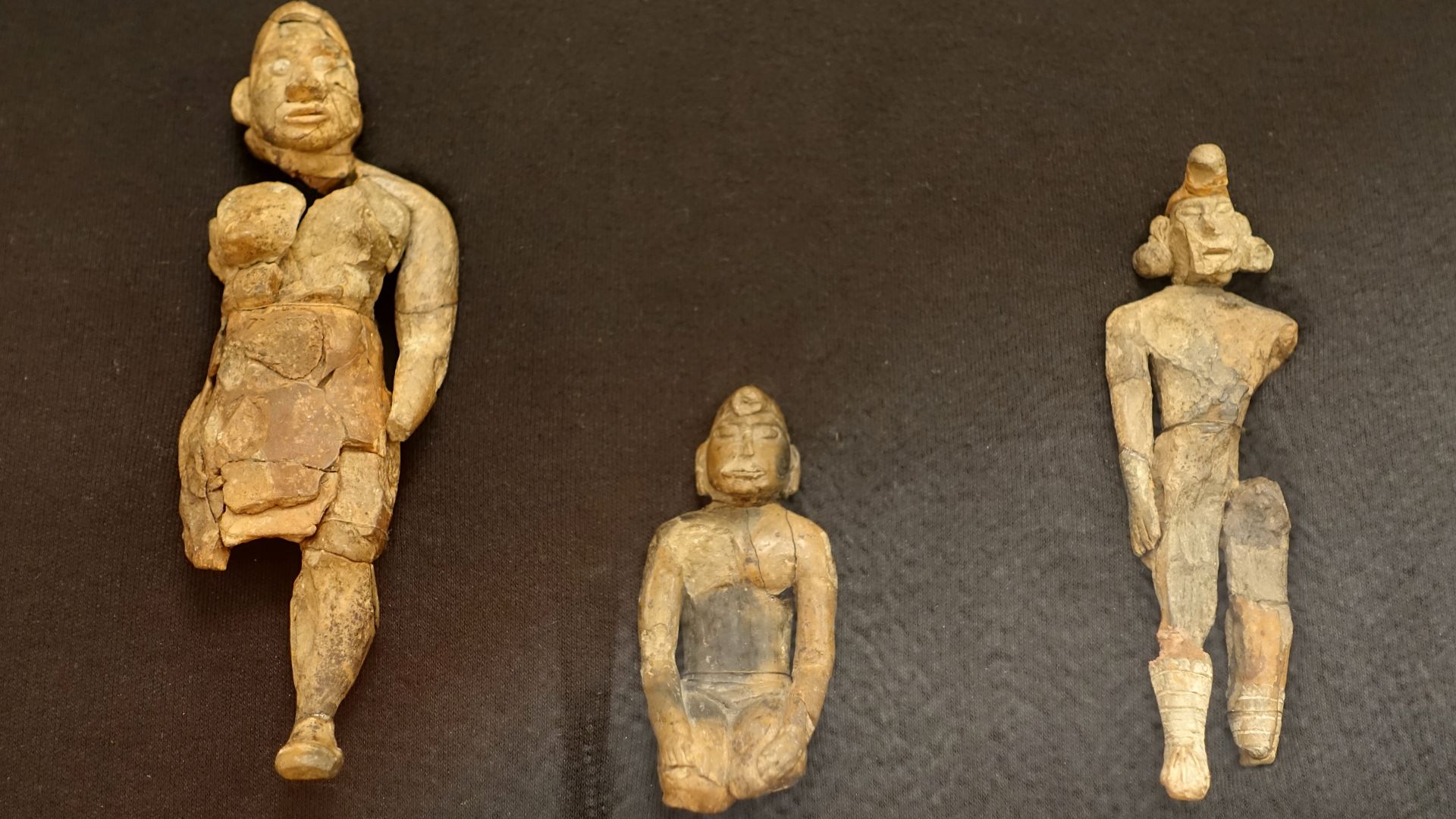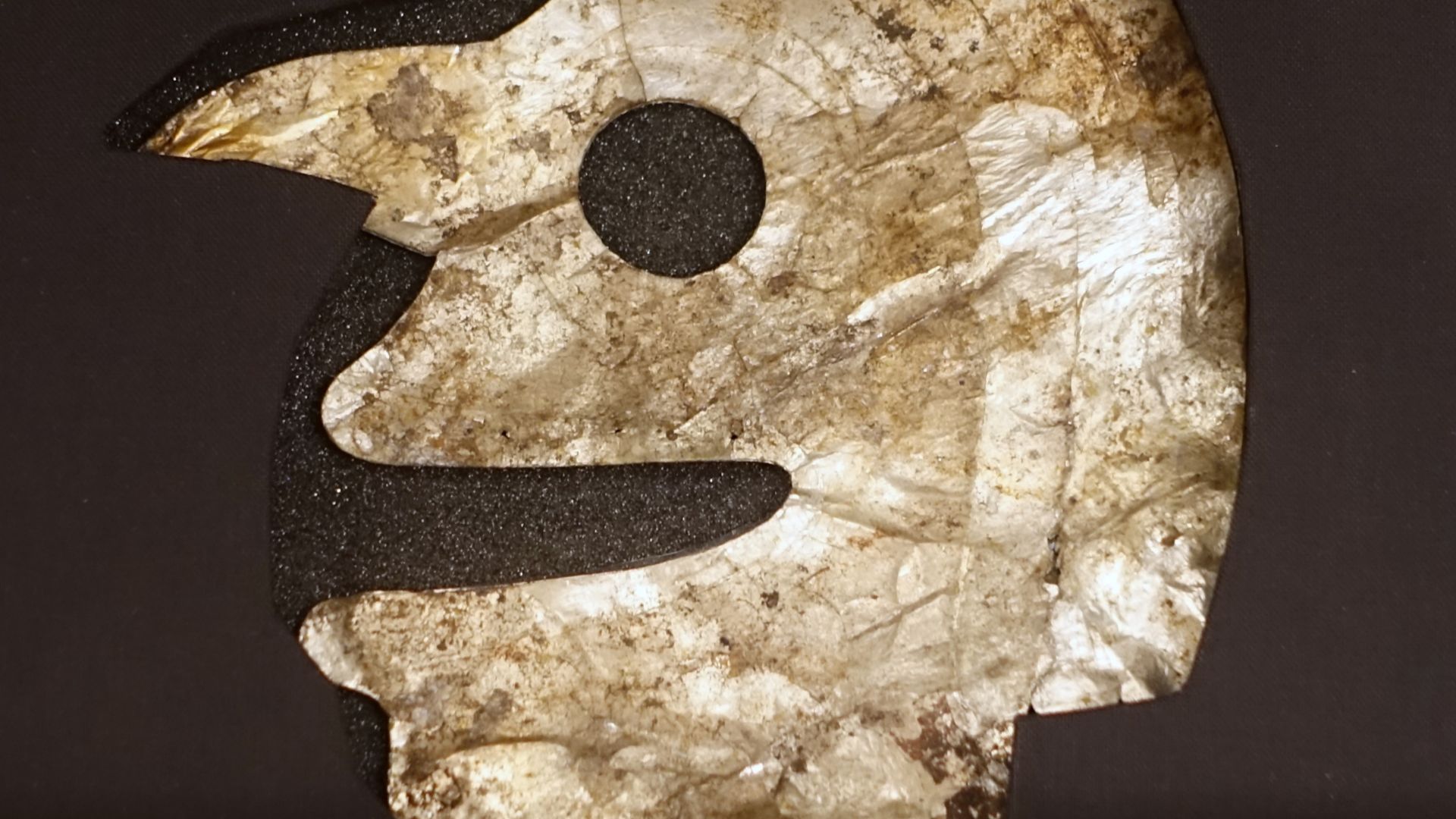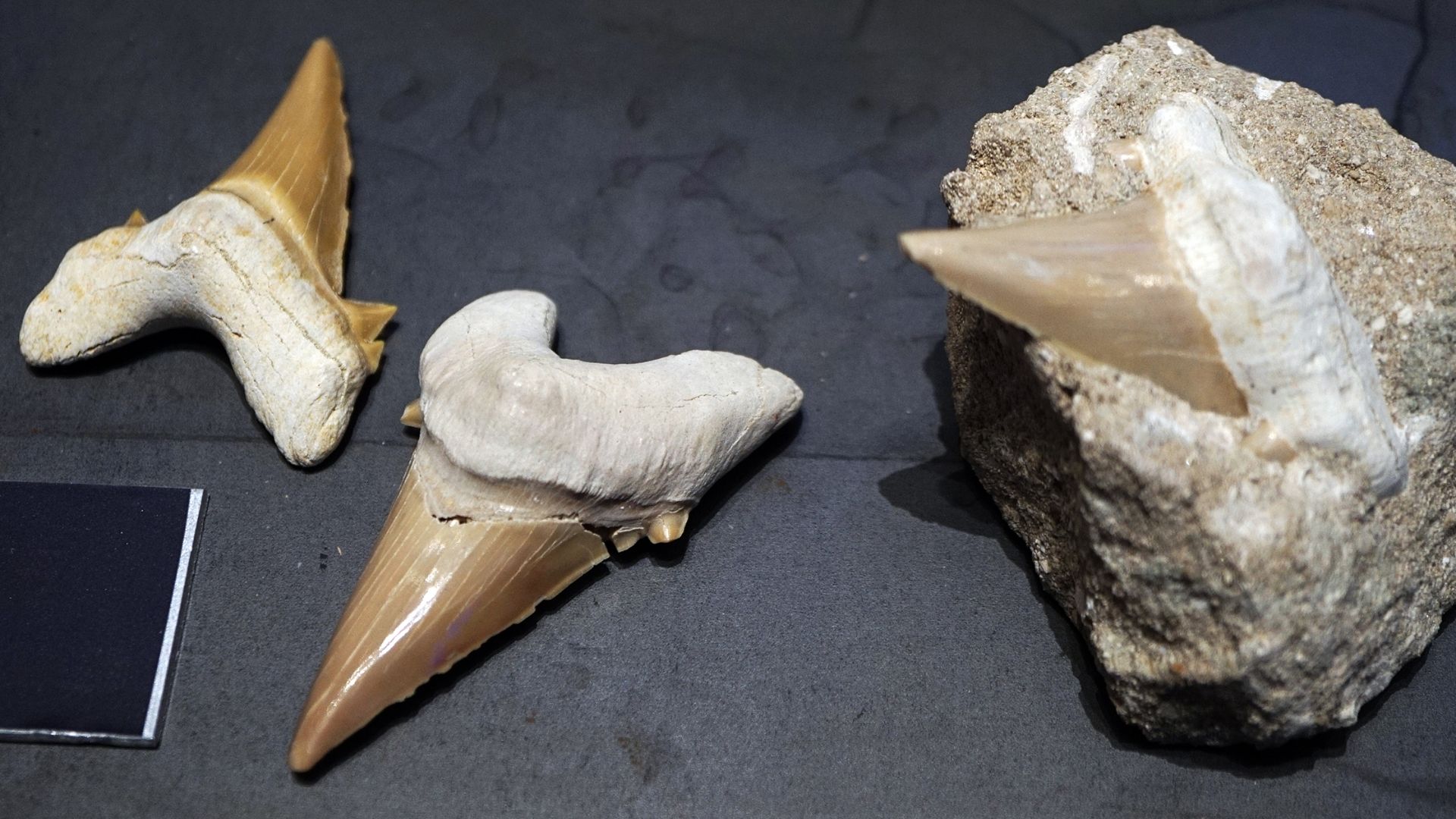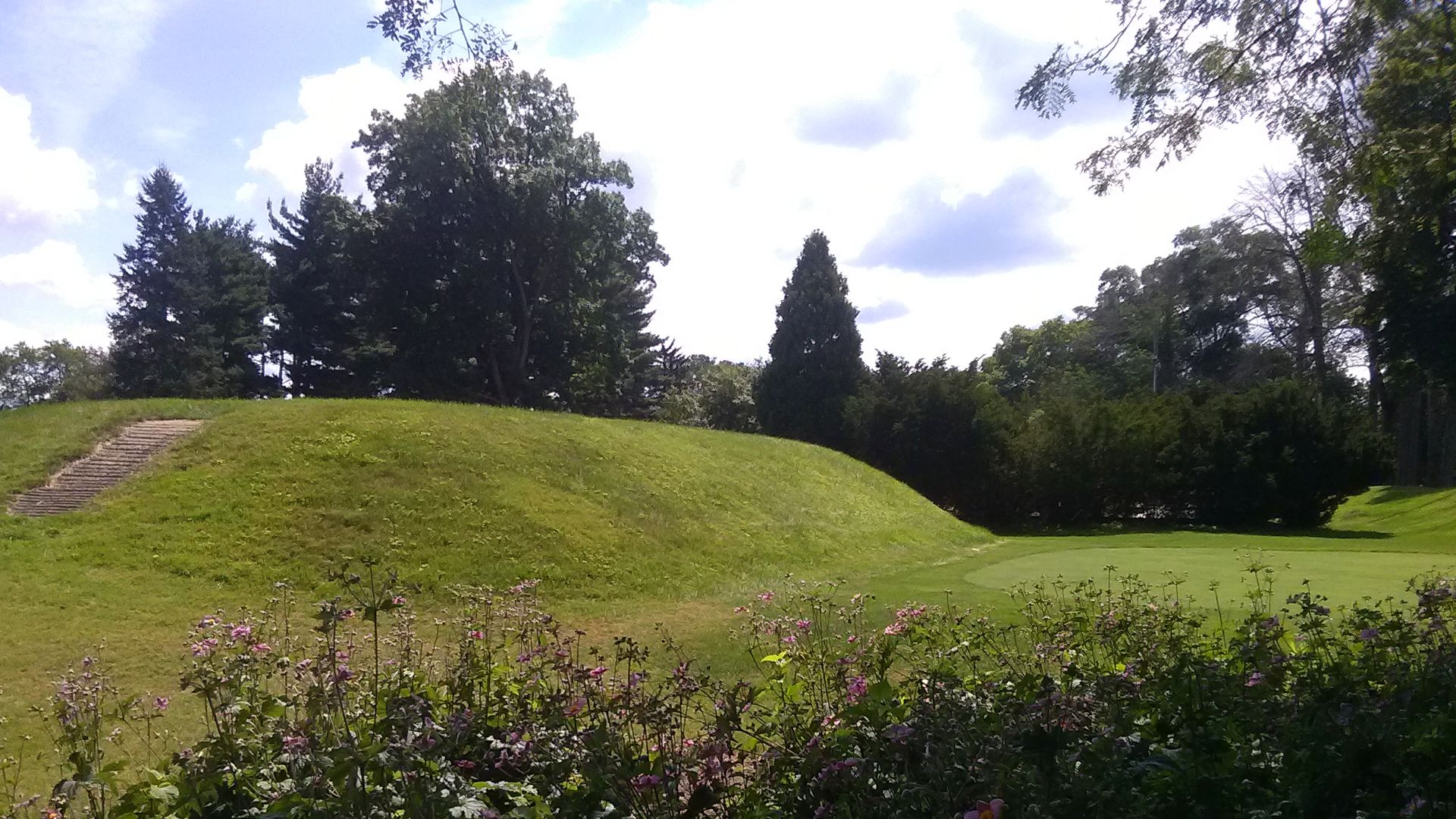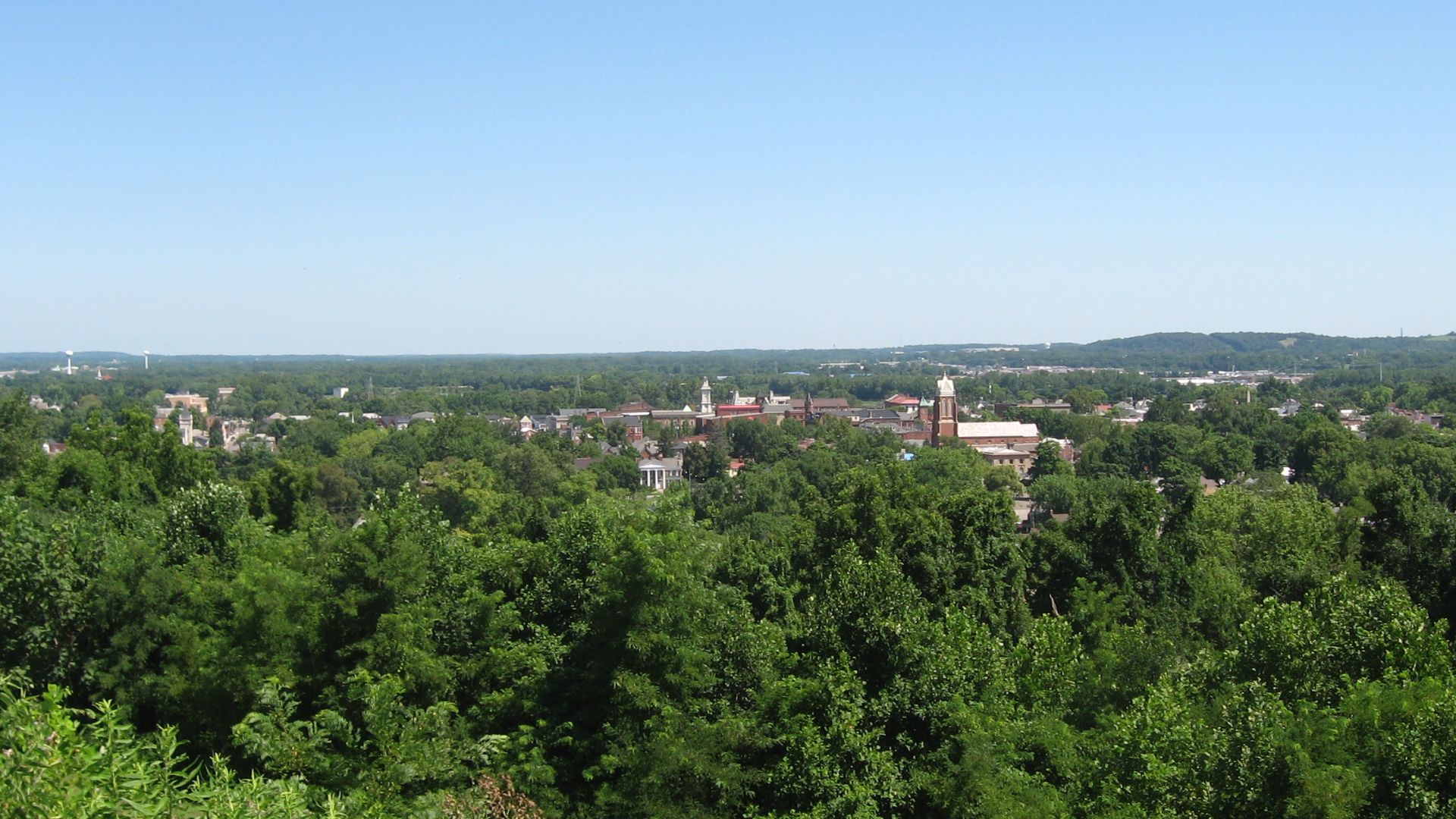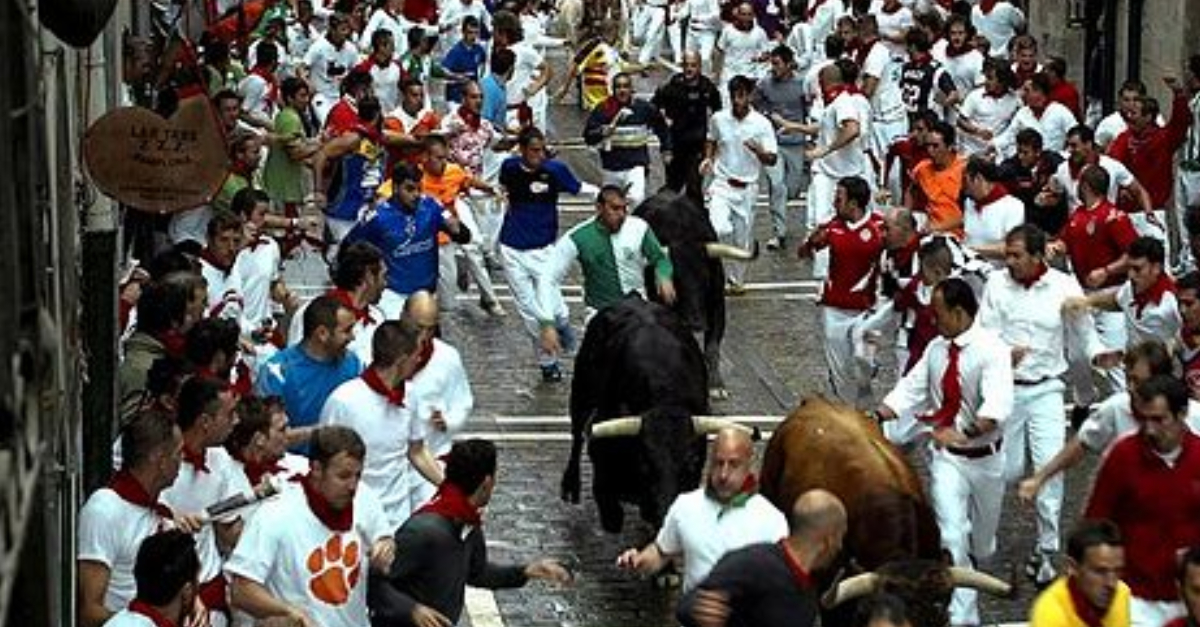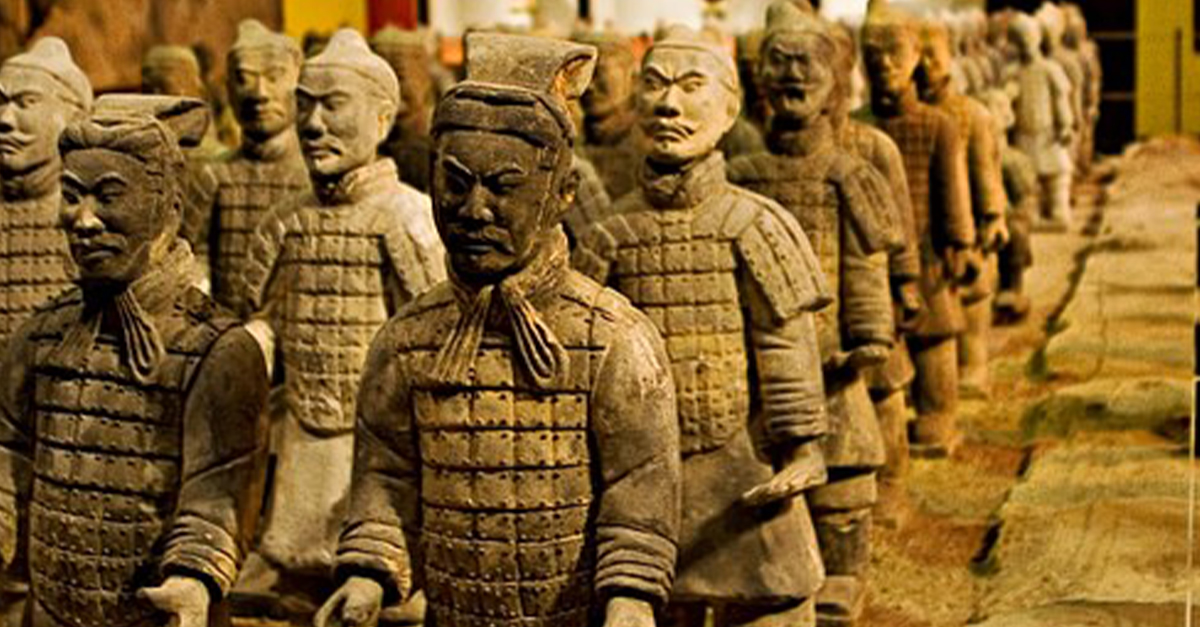Secrets Beneath The Ohio Earth
What if an ancient civilization built a structure so precise it could track the moon for decades, but it sat hidden under a golf course? Quiet, calculated geometry carved into the land centuries ago is speaking again.
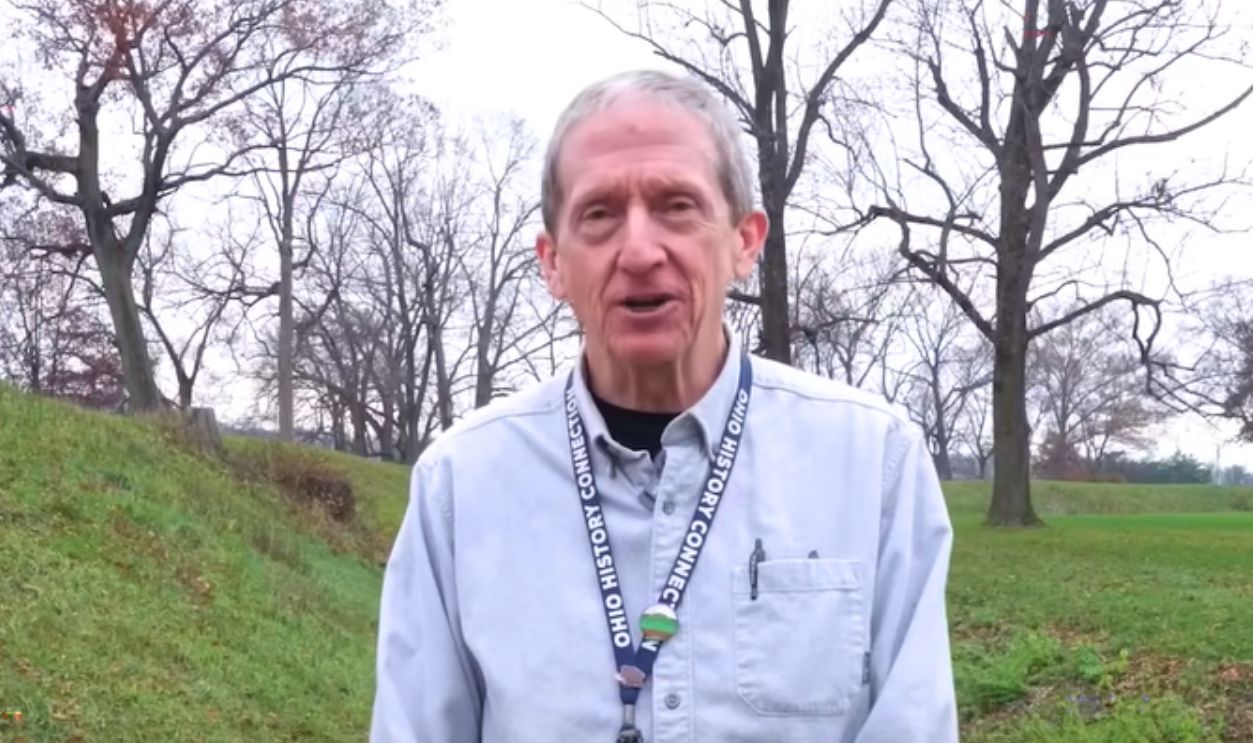
A Forgotten Monument Hidden In Plain Sight
Located in Newark, Ohio, the Octagon Earthworks was forgotten for years beneath a golf course. Though part of a National Historic Landmark, its true form remained inaccessible until recent legal victories ensured public access beginning January 1, 2025
What Makes The Octagon Earthworks So Mysterious?
The Octagon includes eight earthen walls, each roughly 550 ft long and five to six feet tall. Together, they form a perfect eight‑sided enclosure connected to a circle by parallel causeways. Its sheer scale and geometric precision speak to ancient skills that continue to challenge modern understanding.
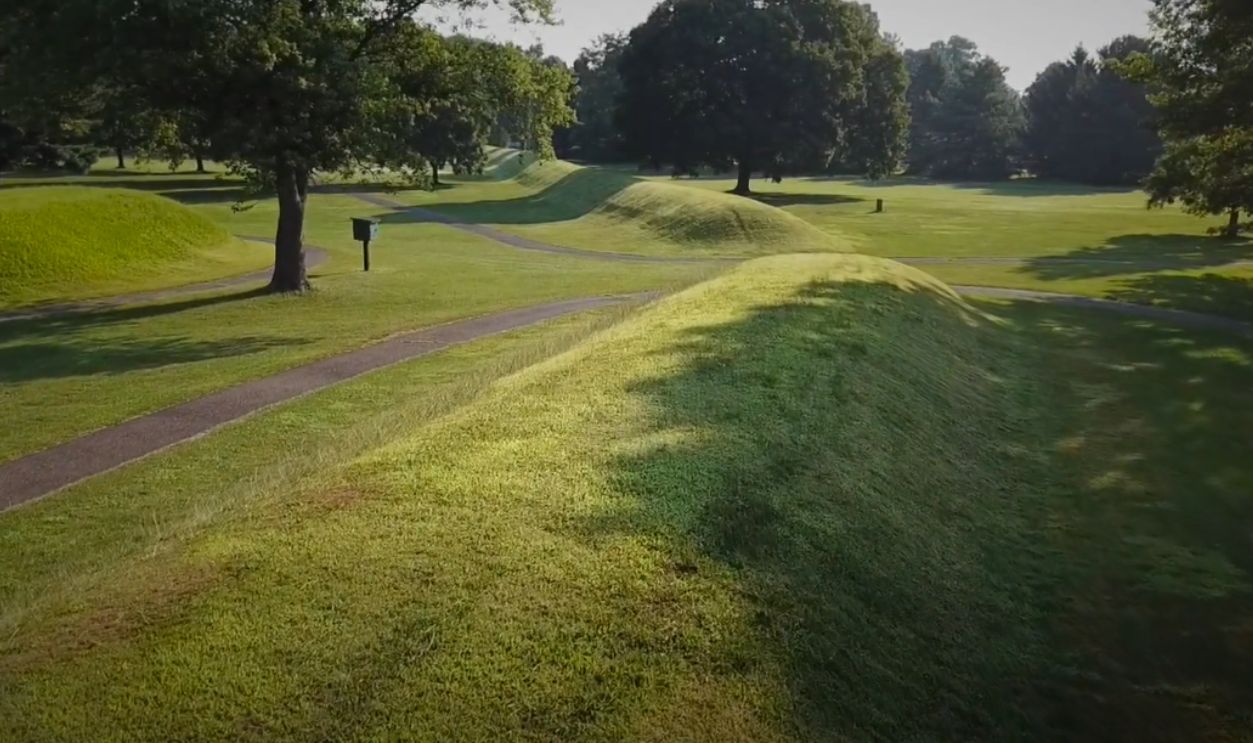 Newark Earthworks by drone, TheColumbusDispatch
Newark Earthworks by drone, TheColumbusDispatch
Who Were The Hopewell People And Why Did They Build This?
Between about 100 BCE and 400 CE, the Hopewell culture built earthworks across Ohio for ceremony and astronomy. They left behind ceremonial mounds and geometric enclosures like Newark’s Octagon. These structures reflect a society deeply engaged in observational knowledge and ritual life.
A Glimpse Into The Hopewell World 2,000 Years Ago
The Hopewell society spanned much of eastern North America through intricate trade networks. Copper from Michigan, mica from the Appalachians, obsidian from the Rockies, and shells from the Coast appear in burials and ceremonial goods. This is evidence of impressive interaction across vast distances.
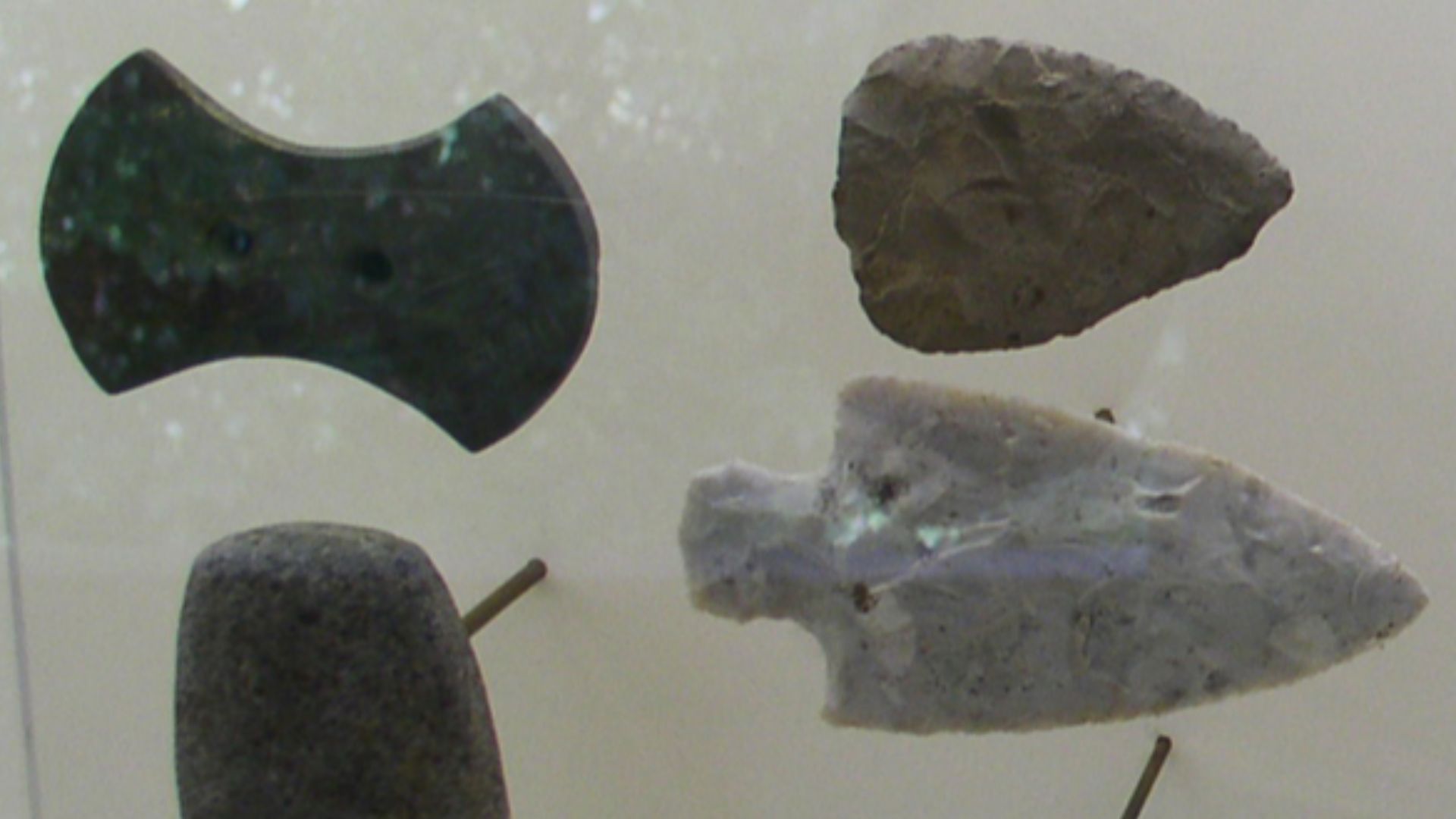 Heironymous Rowe, Wikimedia Commons
Heironymous Rowe, Wikimedia Commons
Geometry Carved Into The Earth At Colossal Scale
The Octagon Earthworks covers roughly 50 acres, with an adjoining 20‑acre circle (1,054 ft in diameter). These structures span nearly 3,000 ft in length and demonstrate near‑perfect angles, executed without written plans or metal tools, which is pretty impressive for the time.
 Newark Earthworks by drone, TheColumbusDispatch
Newark Earthworks by drone, TheColumbusDispatch
What Lies Inside The Observatory Circle
A 12‑foot‑high Observatory Mound rises within the Observatory Circle’s 1,054-foot diameter. Built atop a former gateway, it provided a commanding platform aligned precisely with the Octagon’s axis. Visitors standing atop observe lunar extremes rising and setting over the horizon, which demonstrates intentional astronomical design.
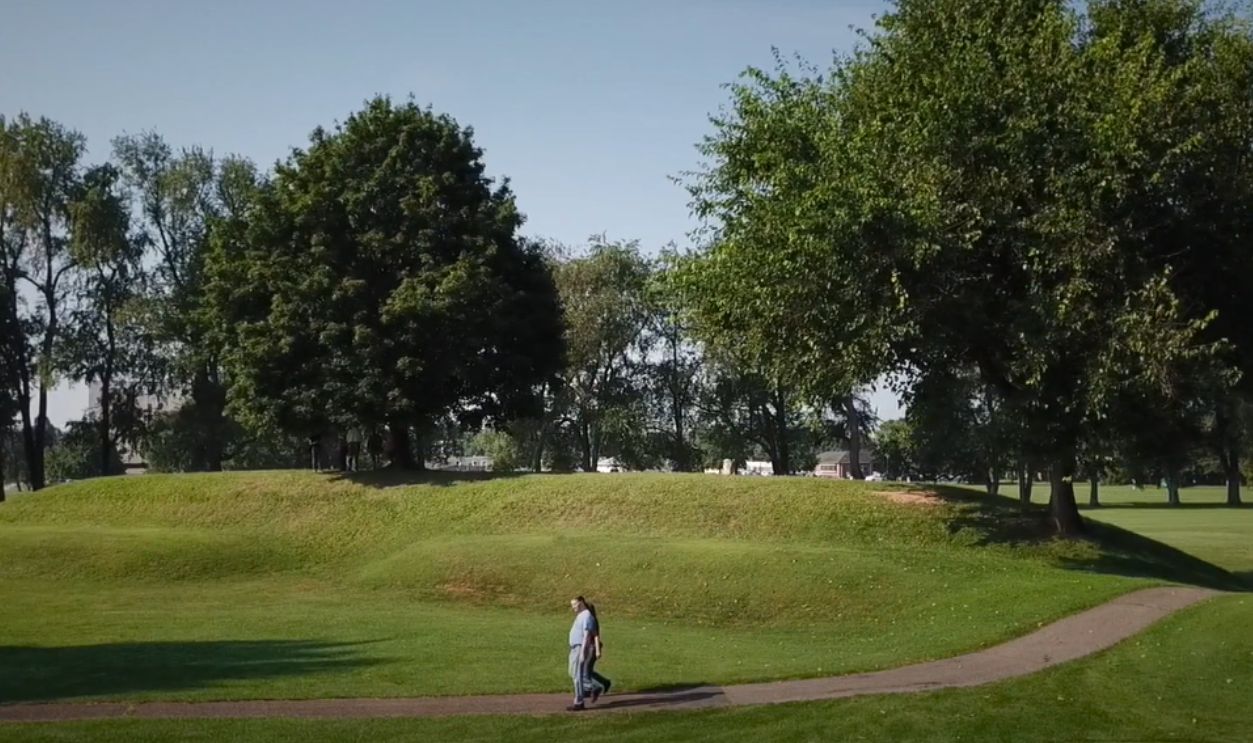 Newark Earthworks by drone, TheColumbusDispatch
Newark Earthworks by drone, TheColumbusDispatch
Precision Without Metal Or Wheels
Ancient engineers executed near‑perfect geometry across tens of acres, using standardized units of measure. The Observatory Circle’s diameter (1,054 ft) served as one “OCD” unit. The Octagon spans six OCDs to other earthworks. All achieved without metal tools or written plans, and this reflects extraordinary planning and coordination.
 The Archaeological Site With Real Sacred Geometry: The Octagon Earthworks, Miniminuteman
The Archaeological Site With Real Sacred Geometry: The Octagon Earthworks, Miniminuteman
The Meaning Behind Shapes And Alignment
The eight‑sided Octagon, paired with the circle and processional avenues, encodes lunar celestial movements across its geometry. Gateway angles and wall sightlines align with both the moon’s major and minor standstill points. The shapes reflect cosmology and a spiritual calendar embedded in landform engineering.
 Unknown authorUnknown author, Wikimedia Commons
Unknown authorUnknown author, Wikimedia Commons
Tracking Time In Earth And Sky
Scholars believe that the Octagon Earthworks wasn’t built for a single event—it was engineered to track the moon’s cycle over 18.6 years, far beyond one human season. This long-term design implies a society with intergenerational planning, where knowledge was preserved and built into the land with astonishing foresight and cultural continuity.
 The Archaeological Site With Real Sacred Geometry: The Octagon Earthworks, Miniminuteman
The Archaeological Site With Real Sacred Geometry: The Octagon Earthworks, Miniminuteman
Why The Moon Guided Hopewell Design
For the Hopewell people, lunar motion likely held spiritual importance. By reflecting the moon’s extremes in the Octagon’s structure, they created a cosmic connection between ceremonies and celestial events. The deliberate alignment suggests ritual gatherings marked by moon‑related observances across generations.
 Jessie Eastland, Wikimedia Commons
Jessie Eastland, Wikimedia Commons
The Octagon’s Astonishing Lunar Precision
Hively and Horn’s 1982 research revealed that the Octagon Earthworks align with seven of the eight lunar standstill extreme points, including maximum moonrise and moonset. Statistical analysis shows the probability of random alignment is around one in 40 million, which indicates deliberate astronomical planning by the Hopewell people.
How The Newark Site Mirrors High Bank Works
Another Hopewell site—High Bank Works, about 60 miles from Newark—also features a circle‑octagon complex aligned to the lunar standstill cycle. Though eroded, LiDAR analysis confirms its geometric layout mirrors Newark’s design, and hints at standardized astronomical architecture across Hopewell ceremonial centers.
Encoded Proportions That Echo Celestial Motion
Designers of the Octagon Earthworks embedded astronomical relationships into its layout with stunning fidelity. Ratios between its circles and angles subtly resemble the moon’s changing size as seen from Earth. Such proportions suggest intentional cosmological modeling. It was achieved without writing or advanced tools, yet it’s accurate according to modern astronomical understanding.
What The Interaction Sphere Reveals About Culture
The Hopewell society operated within a vast Interaction Sphere that linked distant communities. Metals and gemstones were brought from faraway places, and the Hopewell people changed them into goods and products. Then, they exported them back through a network of routes that extended throughout the region.
 GlobalGemology, Wikimedia Commons
GlobalGemology, Wikimedia Commons
Pilgrims And Long‑Distance Exchange
Objects found at Newark, including shark’s teeth from the Gulf, mica mirrors, and obsidian tools, came from locations over 1,500 miles away. Scholars suggest that pilgrims brought offerings to major earthwork centers. This consolidates Hopewell influence and cultural exchange in gatherings centered at Newark and other ceremonial sites.
Ceremony And Sacred Rhythm Revealed
Large open spaces within the Octagon and Great Circle likely hosted ritual gatherings. Indigenous groups would convene under celestial timing encoded in the earthworks. Evidence suggests seasonal ceremonies and astronomical events formed communal cycles. These enclosures served as stages for spiritual observance and community unification over millennia.
Soil Colors And Hidden Messages
Excavations revealed intentional soil layering: yellow clay inside walls and darker earth externally. Builders selected contrasting soils not just for structural stability but for symbolic meaning. This deliberate palette underscores a nuanced aesthetic and ritual knowledge set in material selection across the earthworks.
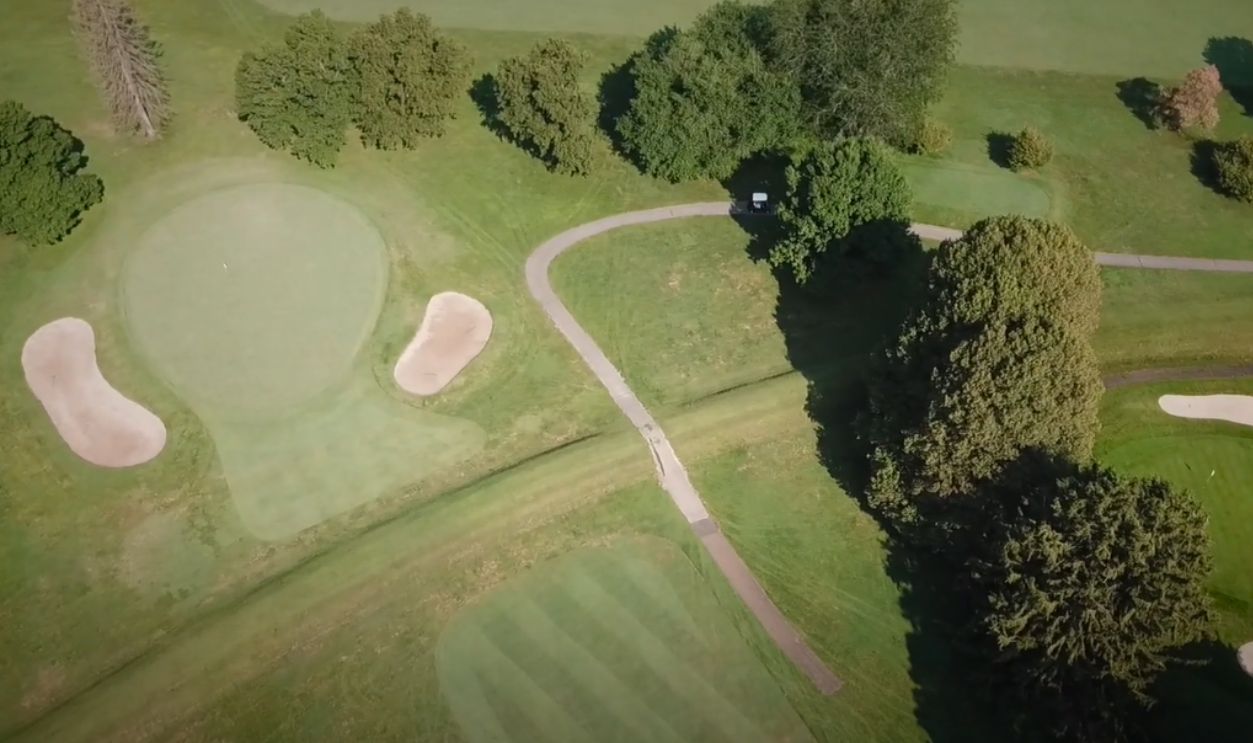 Newark Earthworks by drone, TheColumbusDispatch
Newark Earthworks by drone, TheColumbusDispatch
Artifacts Offer Insights Into Long‑Distance Exchange
Though limited, recovered materials include Flint Ridge chert axes and stone fragments curated at the site. These objects show the use of local resources long before the earthworks’ construction and hint at continued occupation. They reinforce the Hopewell legacy of material culture layered across generations at Octagon Earthworks.
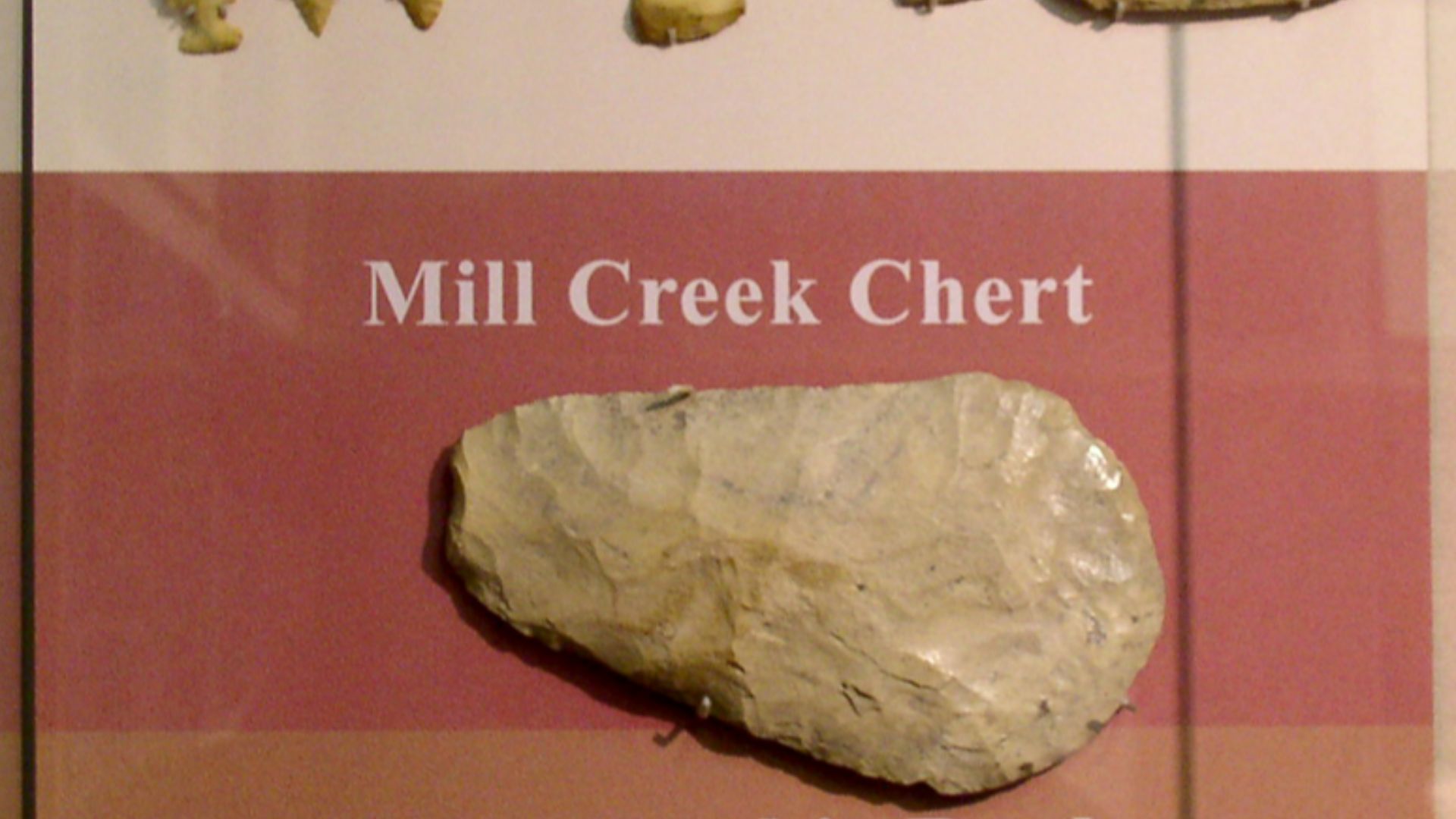 Herb Roe, www.chromesun.com, Wikimedia Commons
Herb Roe, www.chromesun.com, Wikimedia Commons
Is The Octagon Part Of Something Bigger?
Parallel earthen walls extending from the Octagon align toward Chillicothe—the Great Hopewell Road. This straight route likely connected Newark to other major ceremonial centers. Its design suggests ceremonial pilgrimage paths, which united Hopewell communities in a wider spiritual network.
The Enigma Of The Great Hopewell Road
Surveys and aerial photography first traced this straight embankment in the 1930s. Now, scholars explore its possible astronomical references and ceremonial function. The road may mirror Mesoamerican sacbeob pilgrimage paths. Its alignment and construction highlight intentional design beyond mere transport utility.
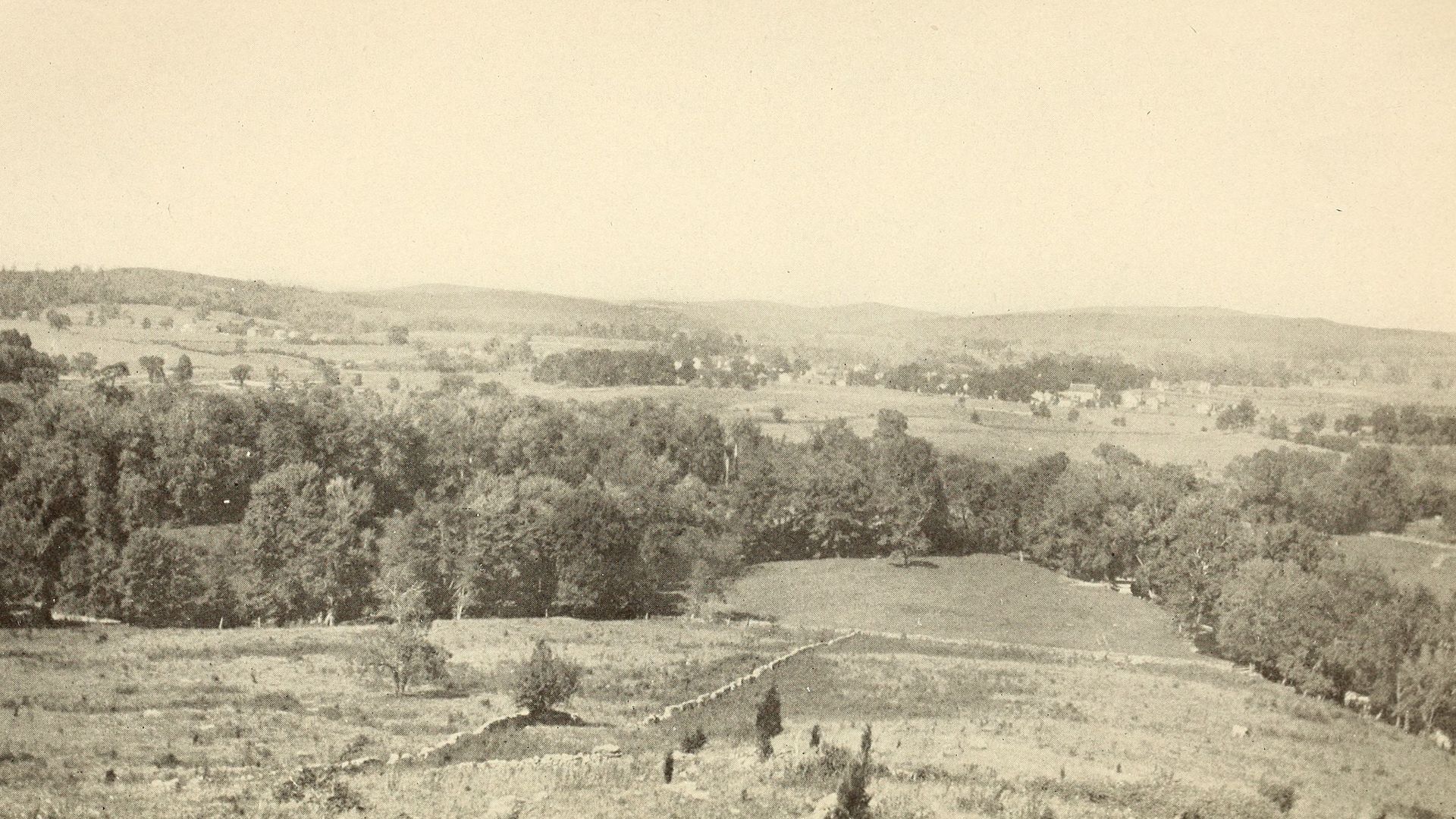 New York State Museum, Wikimedia Commons
New York State Museum, Wikimedia Commons
How A Golf Course Erased Sacred Ground
From 1910, the Moundbuilders Country Club operated the site as a golf course atop the Octagon Earthworks leasehold. For over a century, public access was constrained, and parts of ancient geometries lay beneath fairways, which highlighted tension between recreation and heritage preservation.
 Jubileejourney, Wikimedia Commons
Jubileejourney, Wikimedia Commons
Rediscovering The Site’s Astronomical Secret
Scientific analysis in the 1980s confirmed that the Octagon represents lunar standstill extremes with startling accuracy. Scholars found sightlines that align with moonrise/set, showing cultural intent. This astronomical template revealed Hopewell people’s observational sophistication previously obscured by modern use.
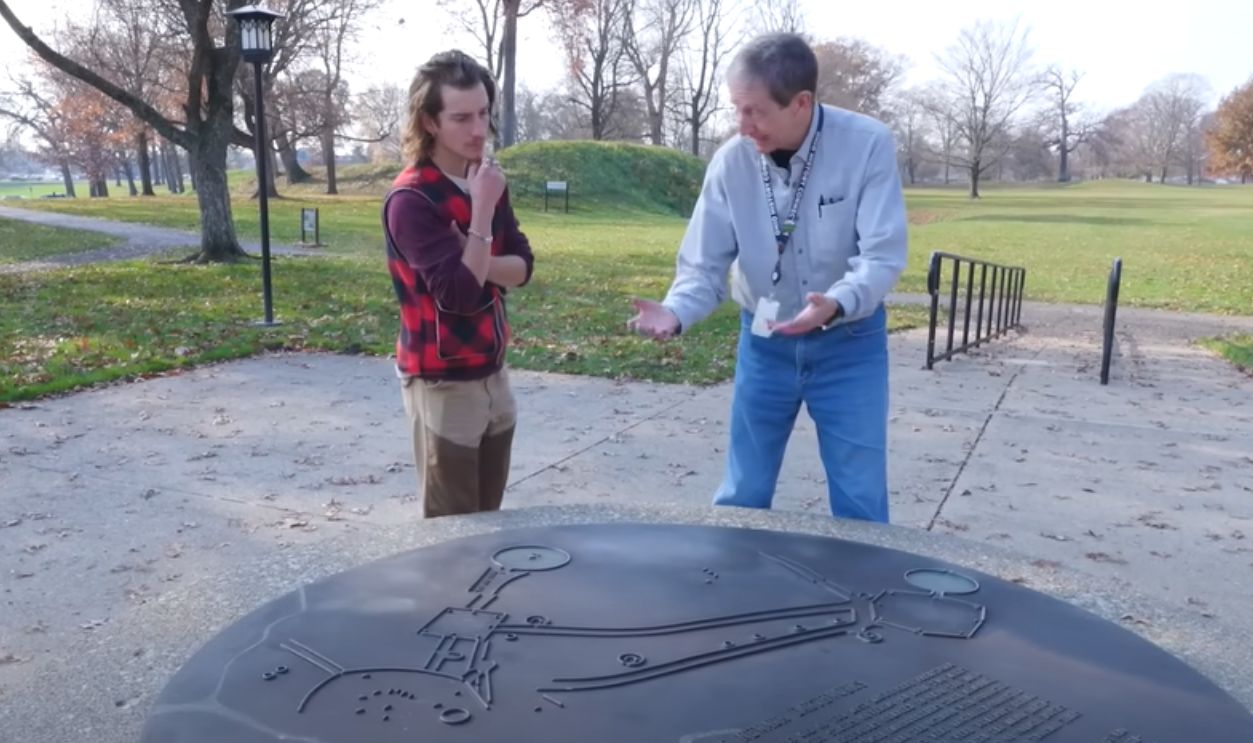 The Archaeological Site With Real Sacred Geometry: The Octagon Earthworks, Miniminuteman
The Archaeological Site With Real Sacred Geometry: The Octagon Earthworks, Miniminuteman
The Long Legal Fight For Cultural Justice
Negotiations between Ohio History Connection and the Country Club began in 2013. Eminent‑domain litigation ensued in 2018. Landmark rulings in 2019 and 2022 affirmed the state’s right to acquire the lease. A confidential settlement in August 2024 paved the way for public control as of January 1, 2025.
 The Archaeological Site With Real Sacred Geometry: The Octagon Earthworks, Miniminuteman
The Archaeological Site With Real Sacred Geometry: The Octagon Earthworks, Miniminuteman
At Last Opening The Gates In 2025
On January 1, 2025, the Octagon Earthworks reopened to the public every day from dawn until dusk. Guided tours run from Wednesday through Sunday at noon from its visitor center. Many people attended opening day to celebrate one of Ohio’s UNESCO World Heritage Sites.
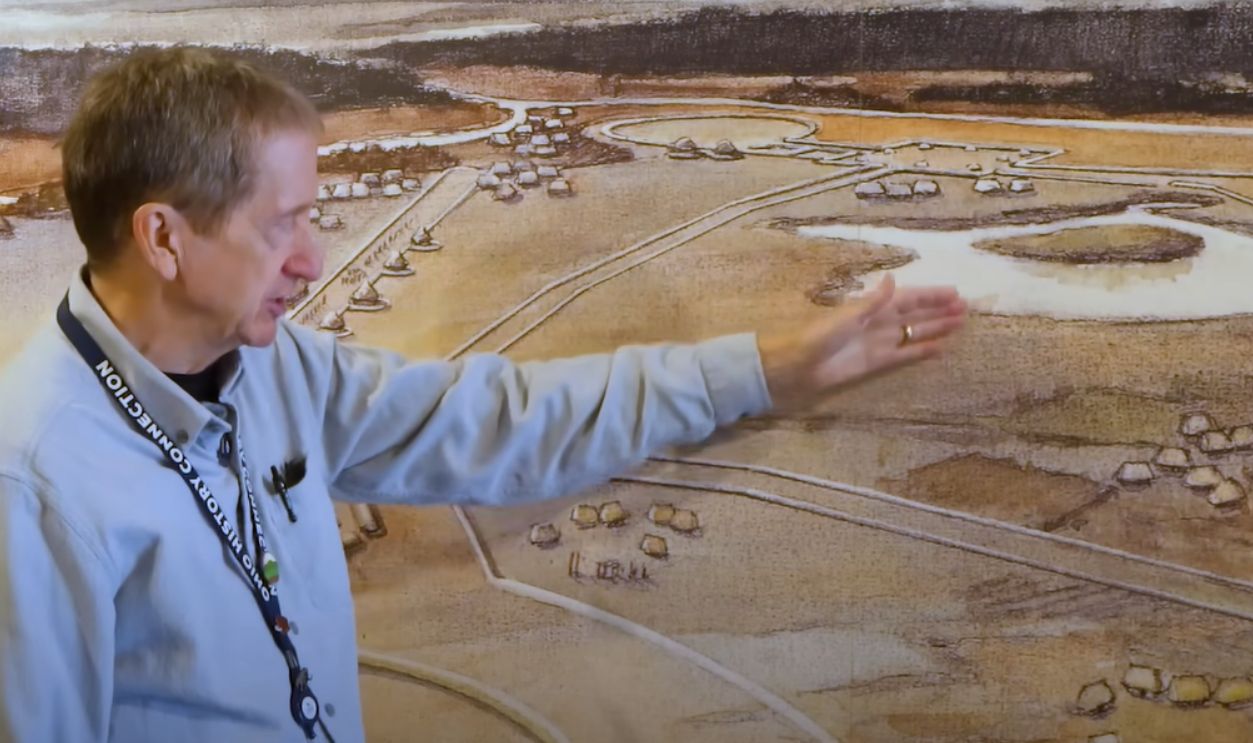 The Archaeological Site With Real Sacred Geometry: The Octagon Earthworks, Miniminuteman
The Archaeological Site With Real Sacred Geometry: The Octagon Earthworks, Miniminuteman
From Ancient Miracle To UNESCO World Heritage Site
In September 2023, the Hopewell Ceremonial Earthworks—including Newark’s Octagon—were inscribed as the United States’ 25th UNESCO World Heritage Site. This recognition affirms Indigenous architectural genius and cross‑continent trade networks. Octagon Earthworks now stands alongside astonishing global structures as proof of ancestral brilliance.
 Newark Earthworks by drone, TheColumbusDispatch
Newark Earthworks by drone, TheColumbusDispatch

